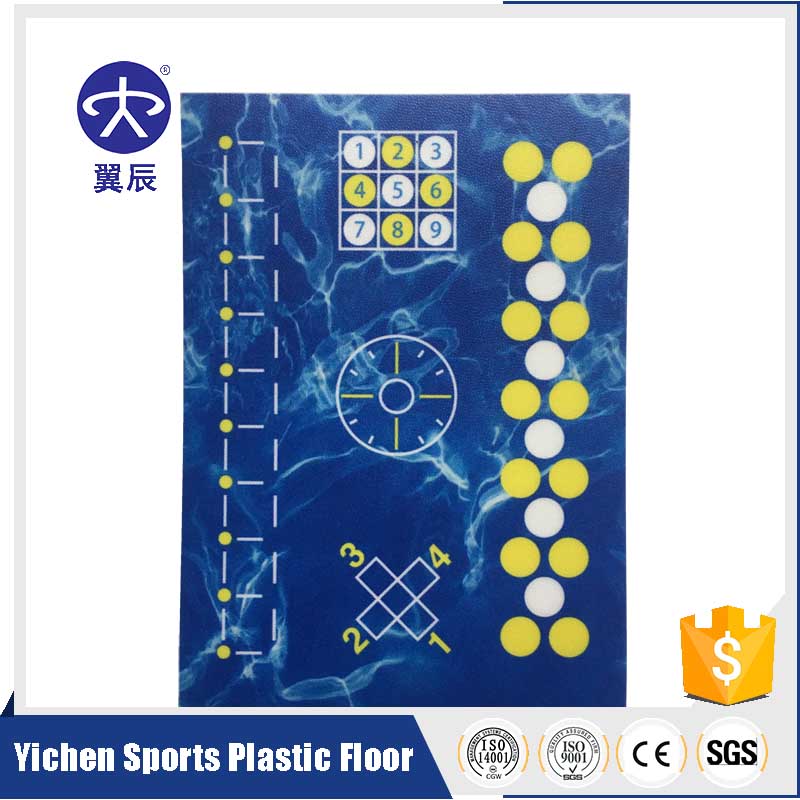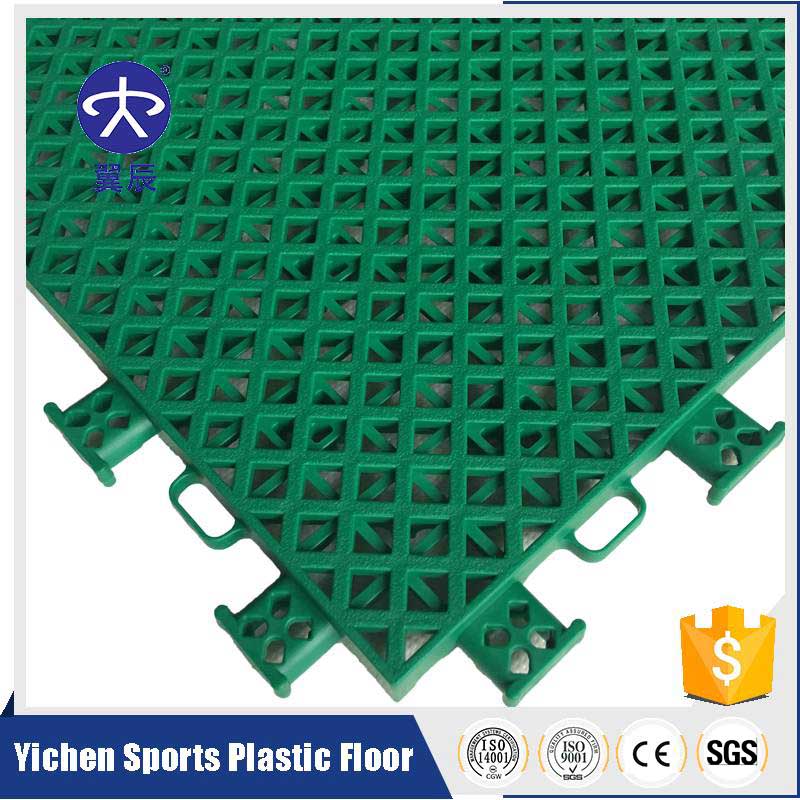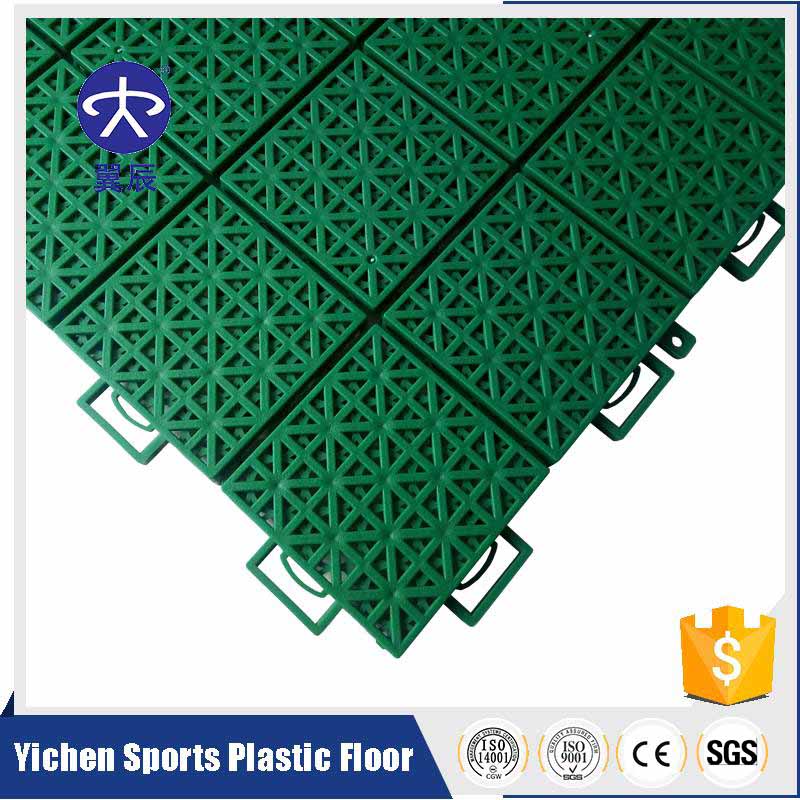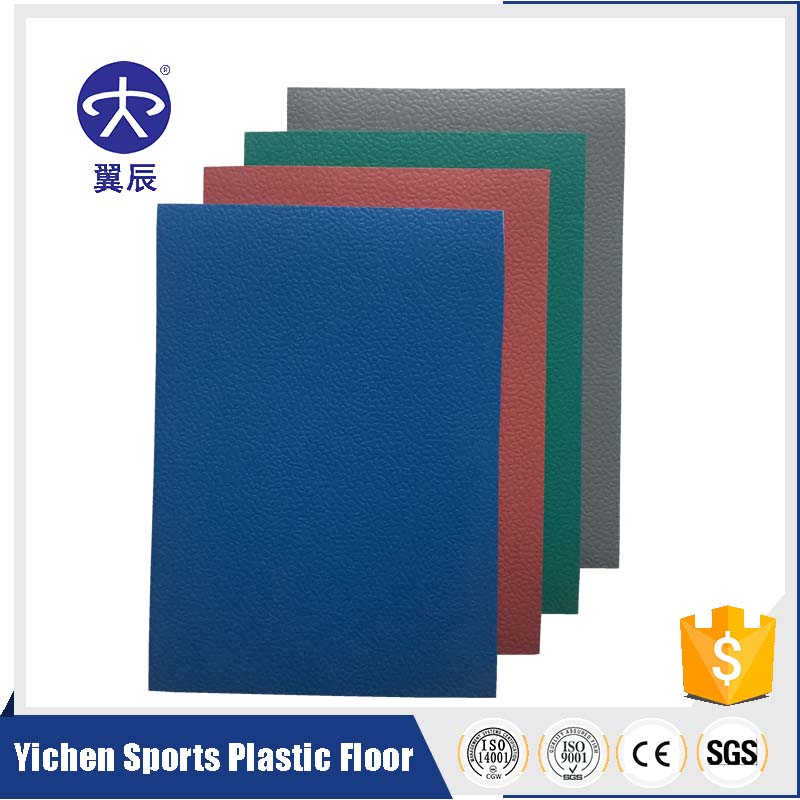PVC plastic floor ground construction requirements
PVC plastic floor ground construction requirements:
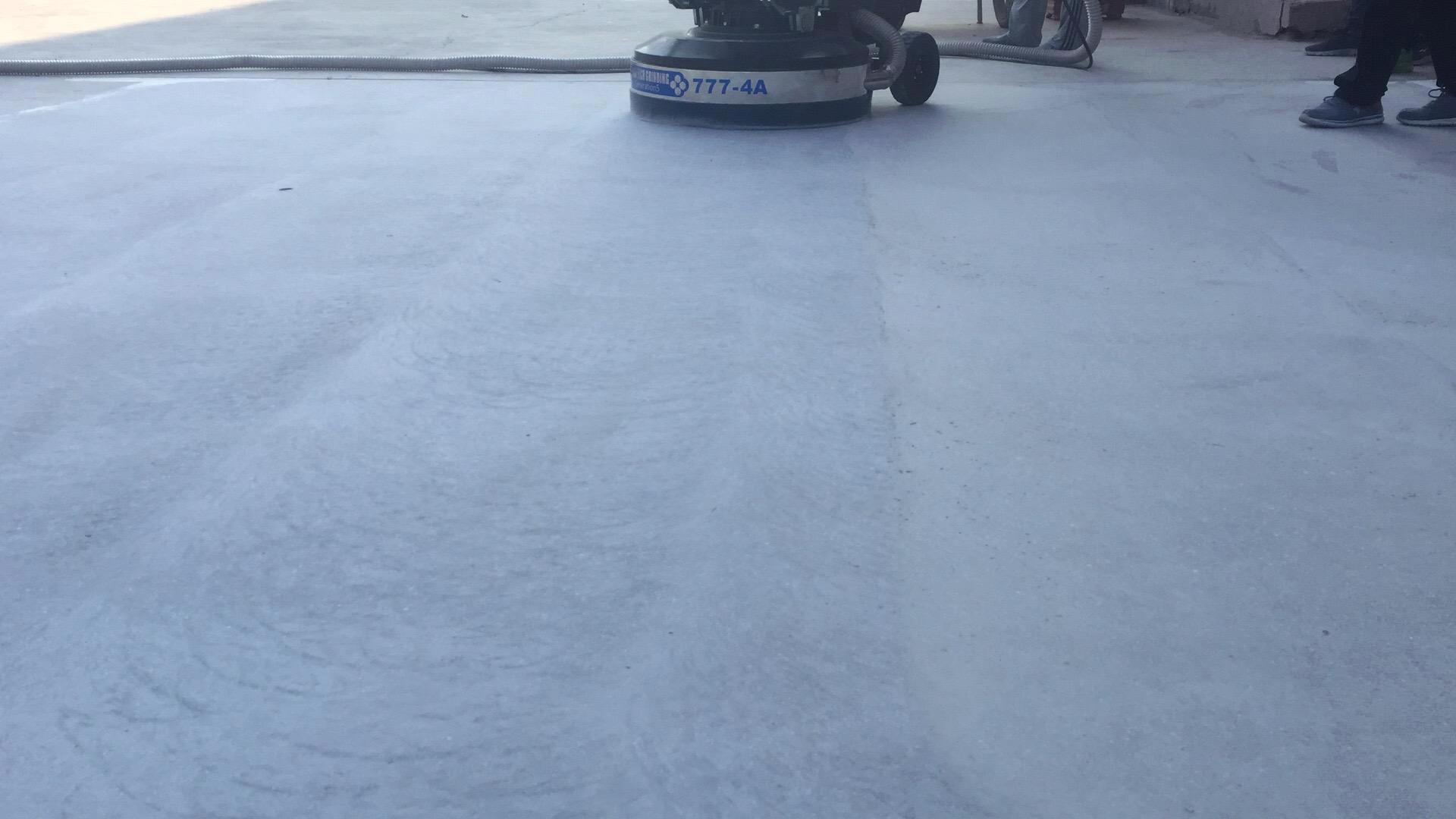
1. The ground base must be flat, firm, dry, clean, with proper absorbency and no cracks. Substrate residues (eg: cement mortar, paint, dyes, residual glue, grease, wax, release agent...) must be removed before the floor is installed.
2. The removal of residues on the base layer can use a floor grinder with more than 1000 watts and appropriate grinding discs to grind the ground base layer as a whole to remove residues such as oil stains, glue, etc., and the raised and loose and hollow plots must also be remove.
3. For ground flatness detection, the standard is that the height difference of the 2-meter ruler is within 2mm, otherwise it needs to be polished until it is qualified, or self-leveling and leveling treatment.
4. If the ground is loose and sandy due to insufficient cement hardness at the base, interface treatment agent must be used to seal the ground base, and then make a layer of cement self-leveling.
5. Treatment of cracks in the ground base:
Small cracks (also known as hairline cracks): Cracks that no longer continue to expand are closed with a suitable interface treatment agent.
Large cracks (crack width>1mm): cut the cracks, remove the dust, fill with two-component epoxy/polyurethane repair glue and stainless steel reinforcement for repair.
6. If it is a newly made cement concrete or cement mortar ground base, at least a 28-day curing period is required before the floor is laid. (Otherwise, the ground moisture will cause the floor to bulge and affect the glue adhesion.) Pay special attention to the ground moisture problem during construction of shower rooms, swimming pools, kitchens, basements, boiler rooms, and heating floors.
7. If the glue-fixed pavement is used, if the moisture content of the ground is greater than 4%, epoxy-based products can be used for moisture-proof treatment; if the moisture content of the ground is greater than 8%, construction is strictly prohibited.




